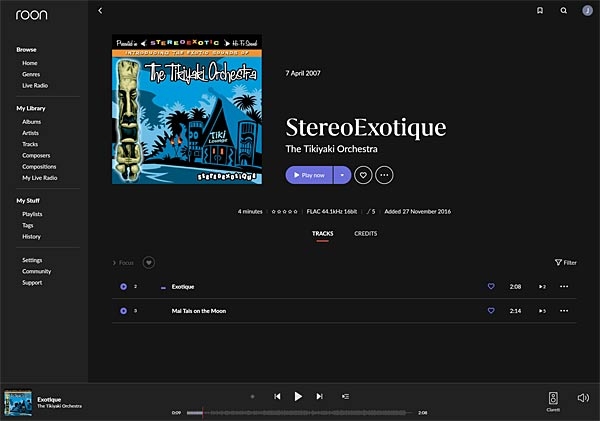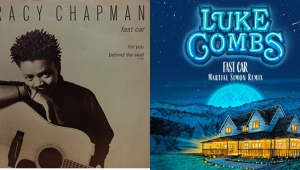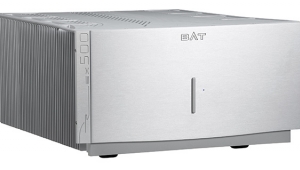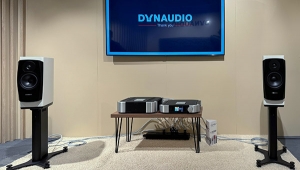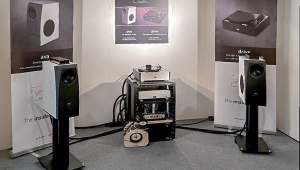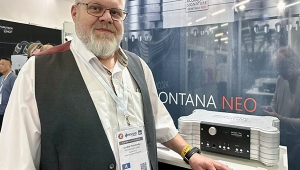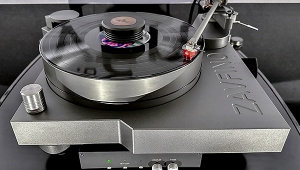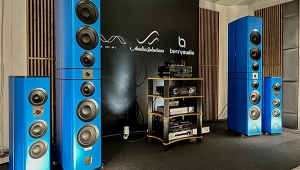| Columns Retired Columns & Blogs |
As someone who also went through the tedium of ripping my large CD collection, all the meta-data issues, then getting a server working reliably, trouble-shooting server issues, struggling with spotty integration of data/favorites etc within Tidal and my server app...
...I laugh at those who say vinyl records are too much hassle, digital is easy. Not in the audiophile world ;-) I'm still batting issues with my server on and off; when I get frustrated I just put on a record and relax.
And, Jim, (Or anyone else), on the subject of music servers:
I'm curious if it has changed your experience of listening to music for better or worse, vs the old days of physical media (including CDs).
My experience:
I ditched records for CDs early on and often found myself scratching my head over the angst many audiophiles expressed about digital "not being musical." I found digital music thrilling and musical.
Like many I ended up ripping my CD collection to stream via a server (iphone/ipad control apps), and then later added Tidal.
At first this seemed like nirvana. All my music tracks at the touch of a finger, and adding Tidal, millions more at my beckon.
But I found it became a "be careful what you ask for" scenario.
The ease of flicking through music made it start to feel less special, more disposable. I found myself "surfing" music as I would surf the internet "this sounds great, but I wonder what the next track is like..." flick, flick, flick...
Yes I was discovering new music on Tidal, but adding favorites was so easy I just kept building up unmanageable levels of saved favorites. But since there was always more to explore, more music to surf, I rarely went back to the favorites anyway. I was encountering tons more music, but remembering less and less of what I'd encountered. I had very little connection to or memory of my favorites.
Further, like many I work on a computer all day long. When I want to relax afterward with my hi fi system, it wasn't that appealing to have to just interact with more computer devices, more screen time.
And digital music, coming out of our smart speaker, our phones, our laptops, just seemed so ubiquitous and easy it seemed to become devalued - moving more to background attention rather than foreground. Basically, I'd developed "Music ADD."
For me, getting back in to vinyl records solved that problem. The way the physicality causes me to concentrate, I always end up listening to at least a side of an album, usually the whole thing, with no fidgety, restless quality as I had with scrolling through digital music. And of course the thrill of the tangibility of a record collection, the aesthetic conceptual pleasures of using a turntable etc. Receiving a new record makes me giddy in a way that swiping through tracks on my iphone never provided.
So I'm wondering if a music server has altered your listening experience for better or worse in any way?
(Some audiophiles I've discussed this with had similar experiences, others say they have no problem concentrating on digital music streaming)
